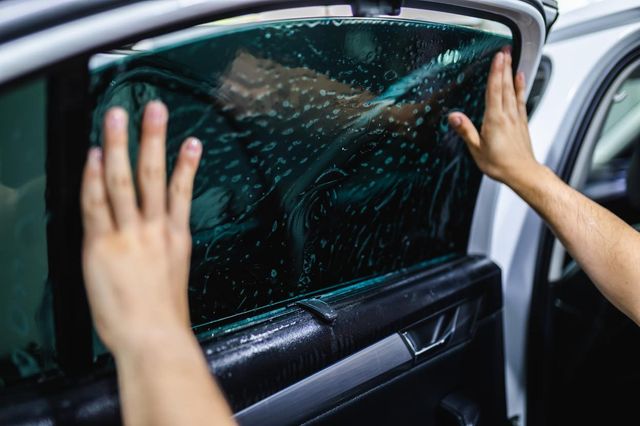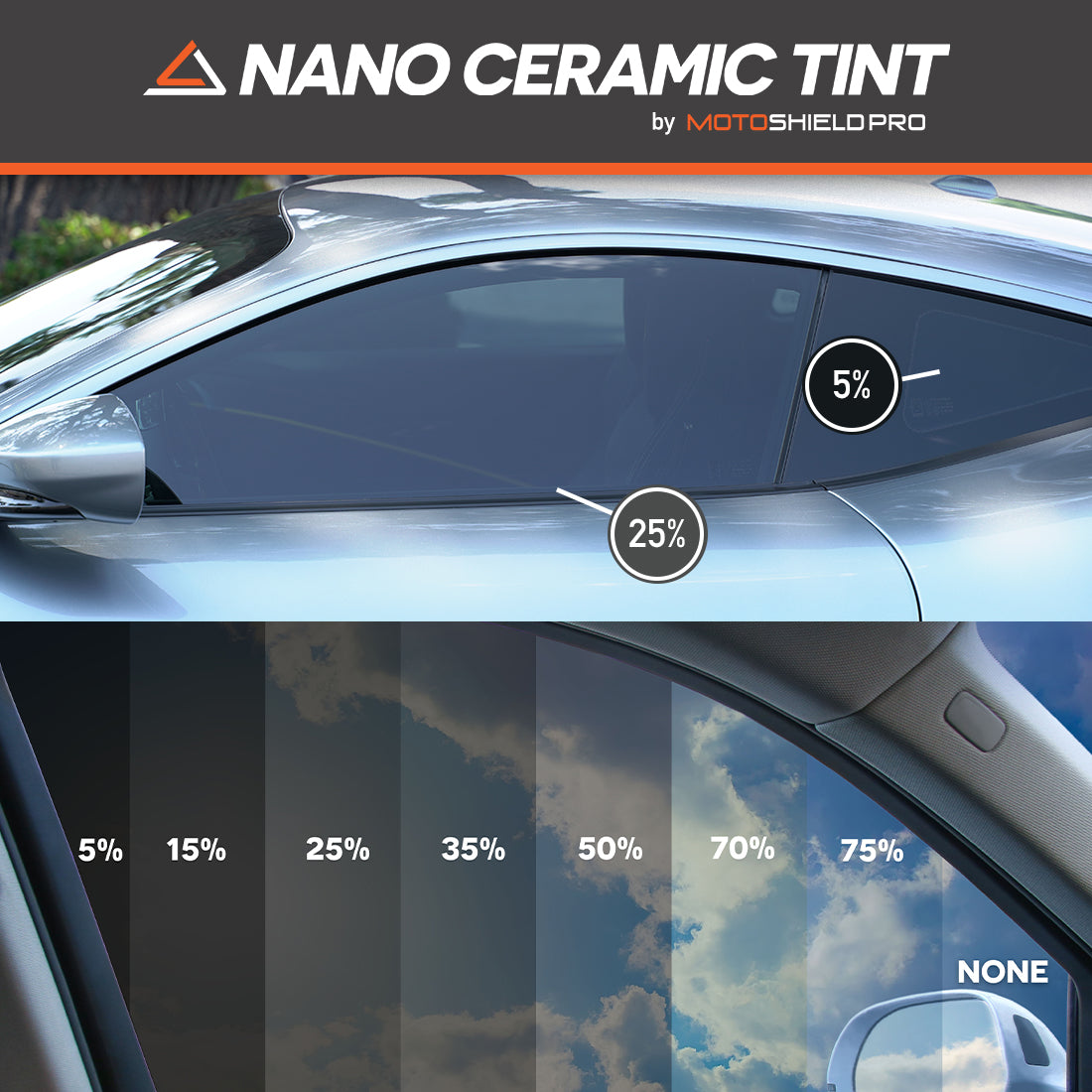The Science Behind Automobile Window Tinting and UV Ray Protection
The Science Behind Automobile Window Tinting and UV Ray Protection
Blog Article
Window Tinting Regulations and Standards: What You Required to Know Prior To Tinting Your Automobile
Before continuing with window tinting for your car, it is important to acquaint yourself with the varied laws and standards that govern this method across various states. These laws determine the acceptable degrees of color darkness, typically determined by noticeable light transmission (VLT) portions, and consist of details specifications for front windshields aimed at ensuring road safety and security.
Overview of Home Window Tinting Regulations
Window tinting regulations are frequently subject to variant throughout various jurisdictions, showing local guidelines and safety factors to consider. These regulations dictate the permitted levels of color darkness and reflectiveness on vehicle windows, ensuring that chauffeurs maintain adequate visibility while also protecting versus harmful UV rays and warm.
The majority of regulations classify window tinting based upon the Visible Light Transmission (VLT) percentage, which suggests the amount of light that can go through the home window. Normally, reduced VLT portions signify darker tints. Regulations frequently separate in between the front, side, and rear windows, with more stringent restrictions applied to the front windshield to enhance safety for both the chauffeur and other roadway individuals.
Compliance with home window tinting policies is important, as offenses can result in fines, required elimination of the tint, and potential rises in insurance coverage premiums. It is crucial for vehicle proprietors to acquaint themselves with local regulations before continuing with window tinting installations.
State-by-State Tint Regulations
Comprehending the certain window tinting regulations in each state is vital for vehicle owners seeking to adhere to the regulation. Each state in the united state has actually established its very own collection of policies regulating home window tinting, which can vary substantially. These laws commonly determine the allowable degrees of tint darkness, the sorts of home windows that can be tinted, and any kind of medical exceptions that may apply.
As an example, states like The golden state have rigid restrictions on color darkness for front home windows, while others, such as New Mexico, may allow darker tints. Furthermore, certain states mandate specific visibility percentages for numerous home windows, consisting of the windscreen, front side home windows, and rear home windows. It is critical for auto proprietors to acquaint themselves with their state's legislations to stay clear of prospective penalties or penalties.
Moreover, some states might require a qualification sticker to be put on tinted windows, showing conformity with state legislations. Failing to abide by these regulations not just runs the risk of lawful consequences but can likewise influence security and presence while driving. Automobile proprietors ought to carry out detailed research study or seek advice from neighborhood authorities to guarantee full understanding and conformity with state-by-state tint laws.
Allowed Color Levels and Types
Many lorry proprietors may be surprised to learn that allowed tint degrees and types differ widely throughout various states. Each state has established its own policies pertaining to the permitted darkness and reflectivity of home window tint, typically gauged by Visible Light Transmission (VLT) percentages. VLT refers to the quantity of light that can go through the colored home windows; hence, a lower percent indicates a darker tint.

Additionally, the sorts of tint products permitted can differ, with some states restricting mirror-like or metal coatings. It is vital for automobile proprietors to acquaint themselves with their state's details regulations to ensure compliance. Non-compliance can cause penalties, compulsory elimination of the tint, or various other legal repercussions, making it vital to recognize these laws before proceeding with installation.
Medical Exceptions for Tinting
While not all states supply allocations for medical exceptions relating to window tinting, those that do acknowledge the necessity for details people to improve presence and convenience because of clinical conditions. Different clinical conditions, such as lupus, skin cancer cells, and specific eye problems, can render people specifically delicate to sunshine. Subsequently, these individuals might call for darker tints to protect themselves from hazardous UV rays and glare.

It is very important to keep in mind that despite a medical exemption, there may still be restrictions on the level of color permitted. Compliance with state laws ensures that individuals are both safeguarded and within lawful restrictions. Those thinking about clinical exemptions must contact their important source local Department of Electric motor Autos or equivalent authority to comprehend the treatments and requirements necessary to look for an exception efficiently.
Penalties for Non-Compliance
Falling short to comply with home window tinting laws can cause significant charges, which vary by state. Police are encouraged to issue citations for cars that do not stick to the specified tinting laws. These fines normally consist of fines, which can vary from small total up to a number of hundred bucks, depending upon the intensity of the infraction and the state in inquiry.
In some jurisdictions, repeated offenses might result in escalating fines or additional penalties, such as obligatory court appearances. Non-compliance might demand the elimination of unlawful tinting, usually at the proprietor's cost. In extreme cases, regular offenders might deal with suspension of their lorry enrollment till compliance is attained.
Furthermore, insurance coverage implications might arise from getting numerous citations for window color violations. Insurers might view such infractions as an indication of riskier habits, potentially resulting in raised costs or difficulty in coverage.
To prevent these penalties, it is important for automobile proprietors to acquaint themselves with their regional home window tinting regulations and guarantee that their automobile complies (Window Tinting). This positive method not just prevents lawful ramifications however likewise advertises road safety
Verdict

Most policies categorize window tinting based on the Visible Light Transmission (VLT) percentage, which indicates the this link quantity of light that can pass through the window. Compliance with window tinting guidelines is important, as infractions can result in penalties, necessary elimination of the color, and possible rises in insurance costs.Understanding the specific window tinting guidelines in each state is essential for car owners looking for to comply with the law. These regulations frequently dictate the permitted degrees of tint darkness, the types of home windows that can be tinted, and any medical exceptions that might apply.
For instance, states like The golden state have my sources stringent constraints on tint darkness for front home windows, while others, such as New Mexico, may allow darker colors.
Report this page